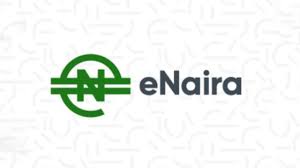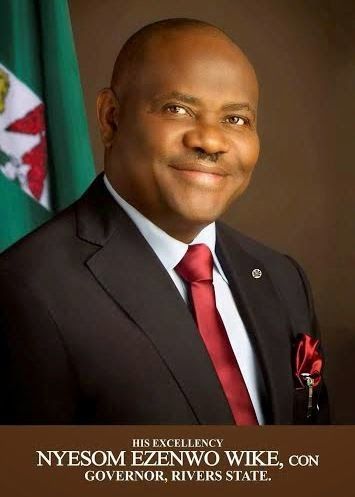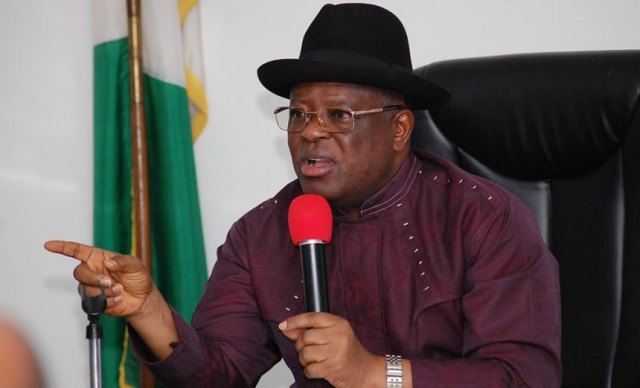The Central Bank of Nigeria (CBN) said that the implementation of eNaira, Nigeria’s digital currency will be done in four phases and also lead to the interaction of the eNaira with those of other central banks.
Mrs Rakiya Mohammed, CBN’s Director of Information Technology Department, said this at the licensed payment service providers’ engagement session in Lagos on Monday, as part of further interaction with a broader category of industry players, according to a statement.
The statement said the CBN and key stakeholders in the payments system ecosystem, particularly the Private Sector Participation (PSPs) and a large community of fintech groups, during the one-day engagement session, resolved to work together to ensure more adoption of the recently launched eNaira.
“The full implementation of the eNaira would be done in four phases, culminating in offline eNaira payments solutions, cross-border payment and interoperability of the eNaira with those of other central banks,” Mohammed said.
She clarified that the CBN was neither competing with the Deposit Money Banks nor other actors in the Nigerian payment system environment.
Mohammed said the engagement was in continuation of the CBN’s strategy to bring all stakeholders on board, noting that the apex bank was open to suggestions and innovation aimed at adding value to the eNaira and improving the user experience.
She urged the payment service providers (including the large community of fintech groups) to find more innovative ways to support members of the public, where possible, in the onboarding process and use of eNaira as well as develop solutions for offline eNaira functions, including cards, wearables and USSD.
The director while urging the licensed PSPs to create additional use cases for the eNaira, tasked licensed PSPs to create additional products and services across the full spectrum of the financial system using eNaira.
The statement said representatives of the different stakeholder groups welcomed the introduction of the eNaira and expressed support for its adoption and use.
They also made value-adding proposals for the market and integration process to drive financial inclusion by bridging the gap between the banked and the unbanked.













